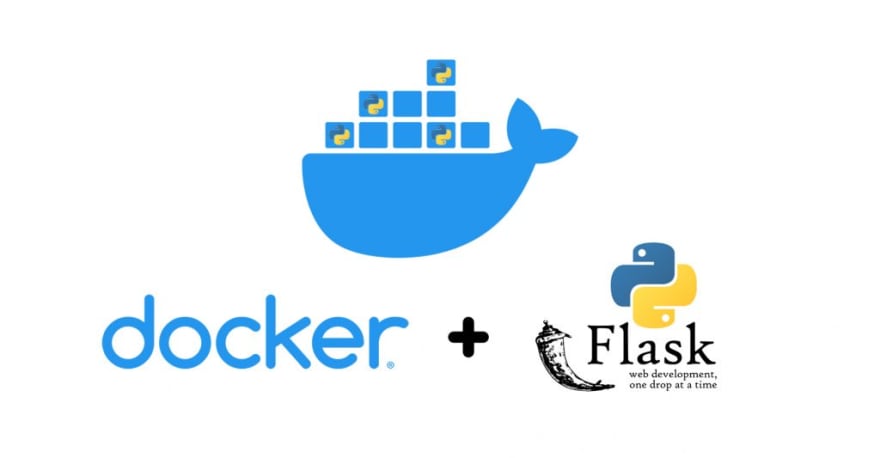An Interest In:
Web News this Week
- April 23, 2024
- April 22, 2024
- April 21, 2024
- April 20, 2024
- April 19, 2024
- April 18, 2024
- April 17, 2024
Getting Started With Flask and Docker: Containerize your first flask application
Docker
Docker is an open source tool which is used to deliver softwares in packages called containers and in the recent days it has changed we think, ship and deploy our applications to the server.
The main advantage of docker is that it enables easy deployment to the cloud, since containers have the added benefit of running anywhere without facing dependencies conflicts.
Flask
Flask is a web micro-framework, its a Python module that lets you develop web applications easily without providing rules and specific methodology to follow.
Flask application structure:
The server.py file - This is our main and entry point file that contains all flask logic to run our application.
The templates folder - By default, flask will look for any markup files in the templates folder, but you can configure to have your html files in a different folder.
The static folder - In our flask applications we uses static folder to keep our static files, these include images, JavaScript and CSS code
NB:
When creating python application it is advisable to keep virtual environment so that you don't interfere with the global local environment, also since we will creating a minimalistic flask application we won't be using static files hence we don't need the static folder.
server.py
from flask import Flask, render_template, requestapp = Flask(__name__)@app.route('/register', methods = ["GET", "POST"])def register(): if request.method == "POST": username = request.form["username"] email = request.form["email"] password = request.form["password"] return render_template('register.html')if __name__ == '__main__': app.run(debug=True)Templates/register.html
<html> <head> <title>Welcome to our registration page</title> </head> <body> <form> Username <input type = "text" name= "username" /> Email <input type = "text" name = "email" /> Password <input type = "text" name = "password" /> </form> </body></html>Dockerfile
FROM python:3.6-alpineCOPY . appCOPY ./requirements.txt /app/requirements.txtWORKDIR appEXPOSE 5000:5000RUN pip install -r requirements.txtCMD [ "python", "server.py" ]Build your docker image
>>> docker build -t myimage . Run your docker image
Now that we have successfully built our image let run it using docker run command, the following command will run our myimage image.
>>>docker run -t -i myimage Bravo! you have containarized your first flask application, alternatively you can use docker compose which is used to run multiple docker containers to simplify the process where we use just one command docker-compose up to build and run our docker container and docker-compose down to stop the container.
Thank you for reading, please feel free to leave additional insights in the comment section below.
Let Connect
Original Link: https://dev.to/emma_donery/getting-started-with-flask-and-docker-containerize-your-first-flask-application-1f43
Dev To
 An online community for sharing and discovering great ideas, having debates, and making friends
An online community for sharing and discovering great ideas, having debates, and making friendsMore About this Source Visit Dev To


